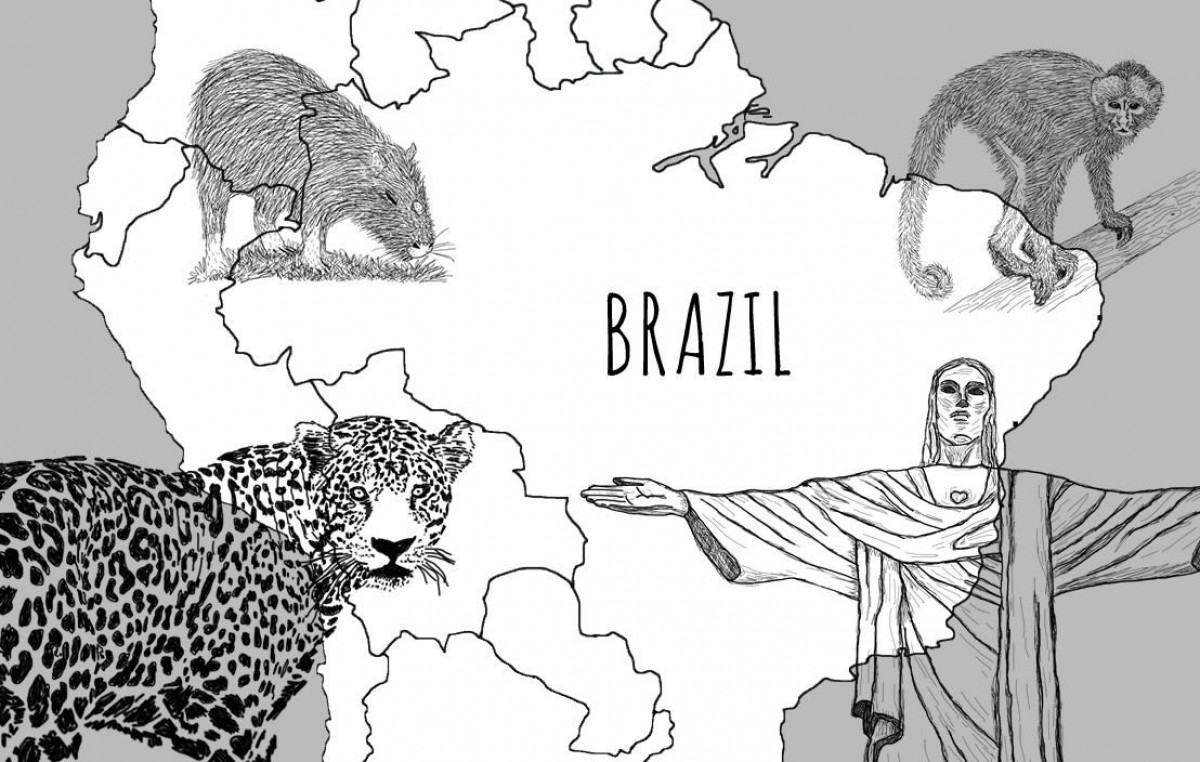
My first adventure in Brazil was also my first step into exploring the continent of South America. Preconceived ideas and expectations started to fade away and my senses took over as soon as I walked out of the Rio de Janeiro airport. Neurons started firing, trying to make sense of the foreign feelings and smells and I simply tried to absorb it all, one experience and one sight at a time. Looking back, it's easy to see what really stuck in my mind and made an impression on me.
Rio de Janeiro - Tijuca National Park
The juxtaposition of city and jungle intertwined in each other defines Rio de Janeiro for me. Concrete and steel mixes with mountains jutting up majestically, covered in dense, emerald green canopy. Tunnels pierce the mountains, plunging cars into darkness, spitting them out the other side to more high rises, hills and glistening beaches. The most obvious example of how intertwined they are is Tijuca National Park. Ten times the size of Central Park in New York City, Tijuca is surrounded by the city on all sides and miles of roads and trails intersect, connecting hikers, wildlife, park stations and even neighborhoods. The park seems to act as the lungs of Rio; sucking in the sweltering city populous under its jungle canopy, washing away the chaos and sweat of it's inhabitants and infusing them with cool mountain air, babbling streams, swimming holes and crawling critters. The symbiotic relationship of the park and the city was like nothing I'd experienced before.
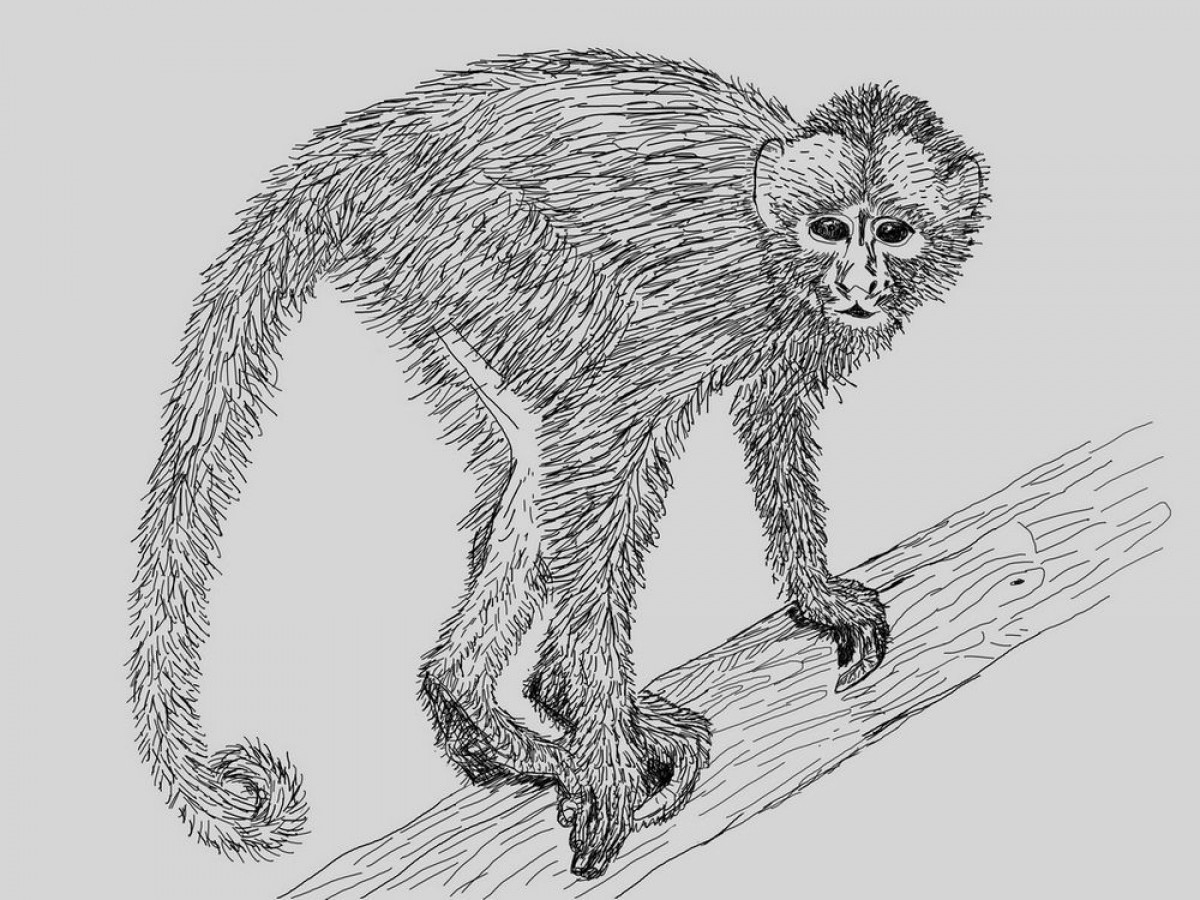
While explored Tijuca park, our guide's alert eyes and exclamation of "monkeys" brought us tumbled out of the van. "They live in groups," he shared, "whenever you see one you know there are more around, so keep looking!" It wasn't long until we spotted a whole family of marmosets, crawling through the trees, jumping and swinging from branches, seemingly oblivious to the observers below.
Corcovado Mountain, Rio de Janeiro
Corcovado Mountain slopes unassumingly out of the jungle mountains, then stops suddenly, dropping off, down into the heart of the city. With breathtaking views of the Rio, the ocean and mountains, it also holds something far more iconic at its top - Christ the Redeemer, one of the 7 new wonders of the world. The views are the best you'll see of the city, but the enormity of the statue's significance is even more intriguing. It stands as a staggering symbol of the influence of Catholicism, emanating over Rio's 6 million, the entire continent of 209 million and billions worldwide. Whether you interpret it as a symbol of the ravenous colonialism, or you see it as a symbol of compassion, the Christ's arms outstretched to embrace humanity, depends on your perspective, but it's well worth a visit when in Rio de Janeiro.
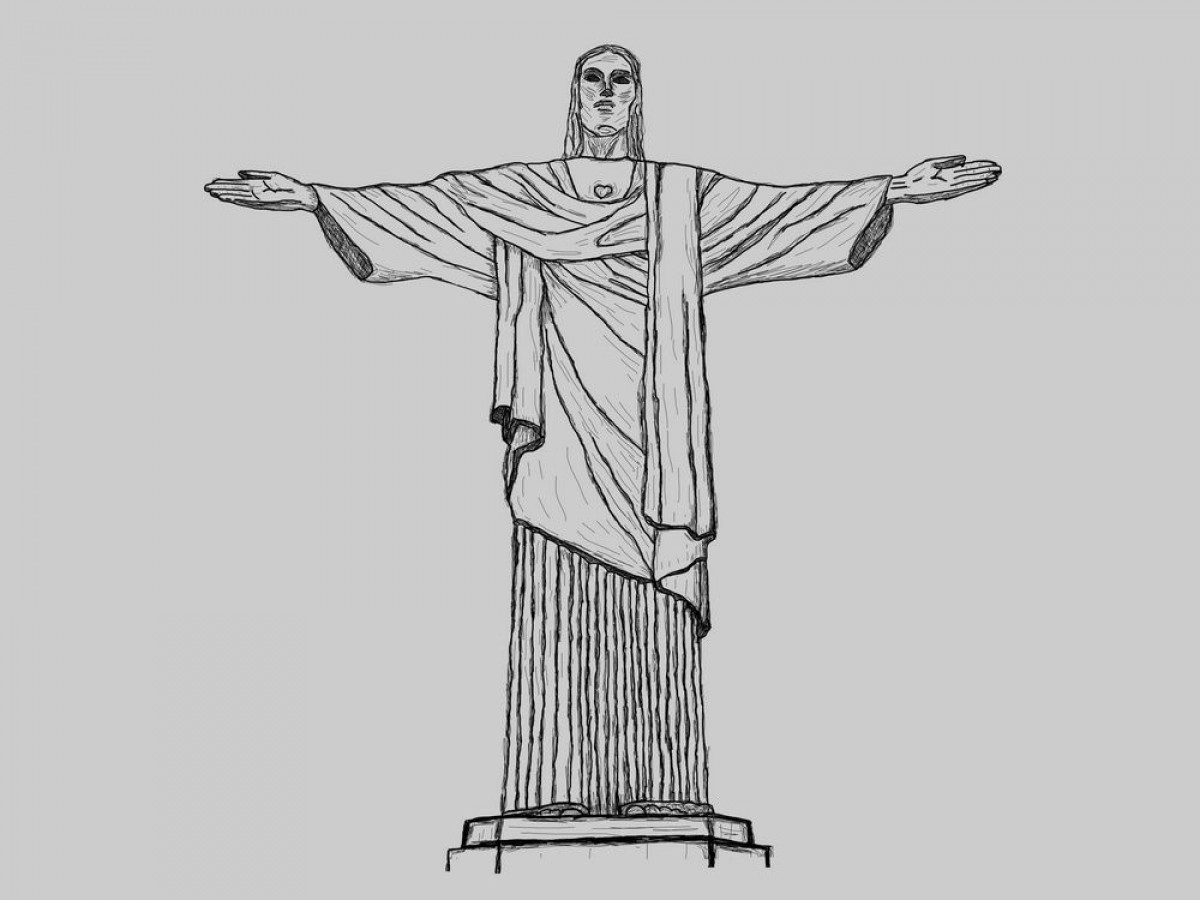
Constructed from 1922 to 1931, the statue stand at 125 ft high and weighs 1,145 tons. Made out of concrete and soapstone, it was created by sculptor Paul Landowski and built by Brazilian and French engineers.
Iguazu Falls
Iguazu Falls separates Brazil and Argentina, who both boast national parks on either side of it. The mouth of the river widens dramatically before plunging over the edge, creating miles of unending, insistently pounding waterfalls. The magnitude of the falls (watch video) is incredible but what surprised me the most was some very unexpected wildlife. Leaving Hotel das Cataratas, inside the Brazilian National Park, we were driving back down the dark twisting road weaving through the jungle, when our driver slammed on the breaks. The driver exclaimed, "jaguar!" and I looked up just in time to see a muscular body caught in the headlights, slinking into the thick jungle on the side of the road. My eyes focused in on the black spotted pattern covering its body and then it was gone. We couldn't believe our luck, jaguars are known to live in the area but sightings are very rare.
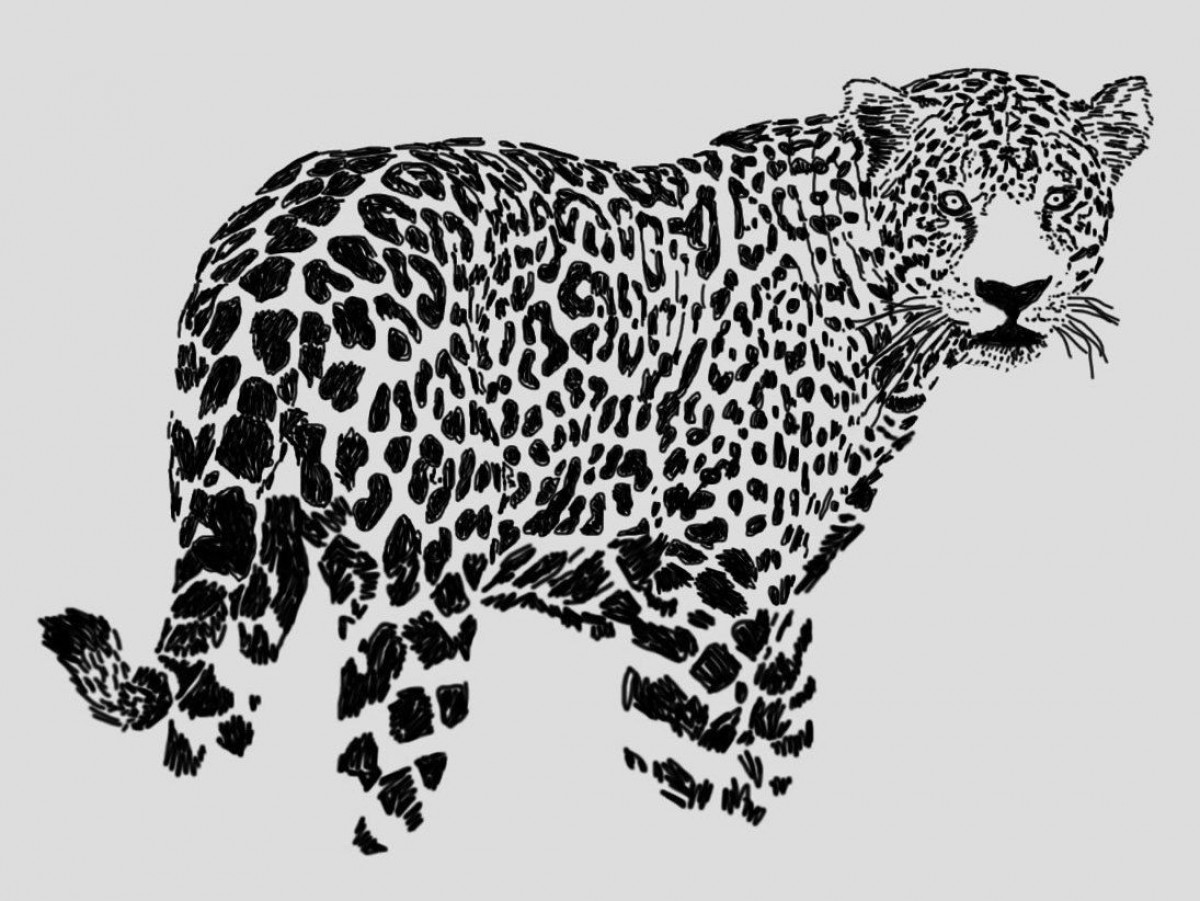
The best place to see jaguars in Brazil is the northern Pantanal - the epicenter for Jaguar spotting and the largest continuous wetland on the planet.
Campo Grande
Campo Grande is the capitol city of the state of Mato Grosso Do Sul and serves as a hub between the jungle of Iguazu and the vast grasslands and wetlands of the Pantanal. Here the cowboy culture mixes with the indiginous history and beckons adventure travelers to the nearby city of Bonita, known for its crystal clear rivers and caves. Foreigners, Brazilians and especially families, come for safaris in the Pantanal, freshwater snorkeling, water parks, waterfalls and outdoor adventures such as biking, horseback riding, river rafting, zip-lining and much more. Campo Grande's city park is a labrynth of trails and is also home to one of my biggest highlights of Brazil - capybaras. Found all over South America, the largest rodents in the world live in large groups near bodies of water and are easy to spot grazing on grass or lazing on a cool muddy shore.
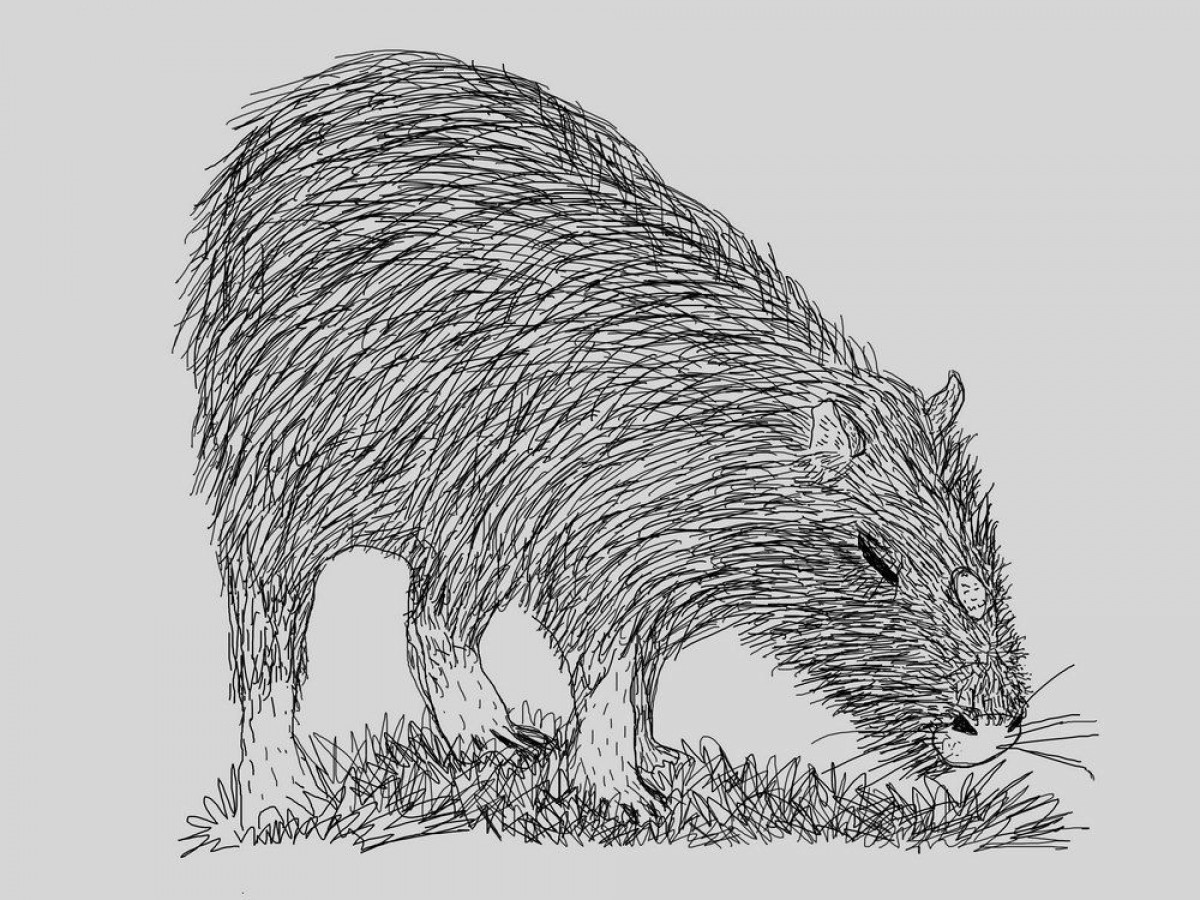
As a kid, my mother would read, Capyboppy to me, a book about a pet capybara. It was a childhood dream come true to sit down in a grassy opening in the city park as they casually walked within a few feet of me, happily munching on the grass.
Many other impressions of Brazil are still rolling around in my mind. The history and culture of the place is far too complicated to understand in one trip. The indigenous tribes, colonialism, slavery, samba, carnival, current political climate and much more will keep me curiously contemplating Brazil and will hopefully lead me back to visit someday.
Keeping it wild,
Hannah Lunstrum
To learn more about trips to Brazil give us a call at 800-345-4453 or email our program director, Laura Cahill.
Digital drawings by Hannah Lunstrum



